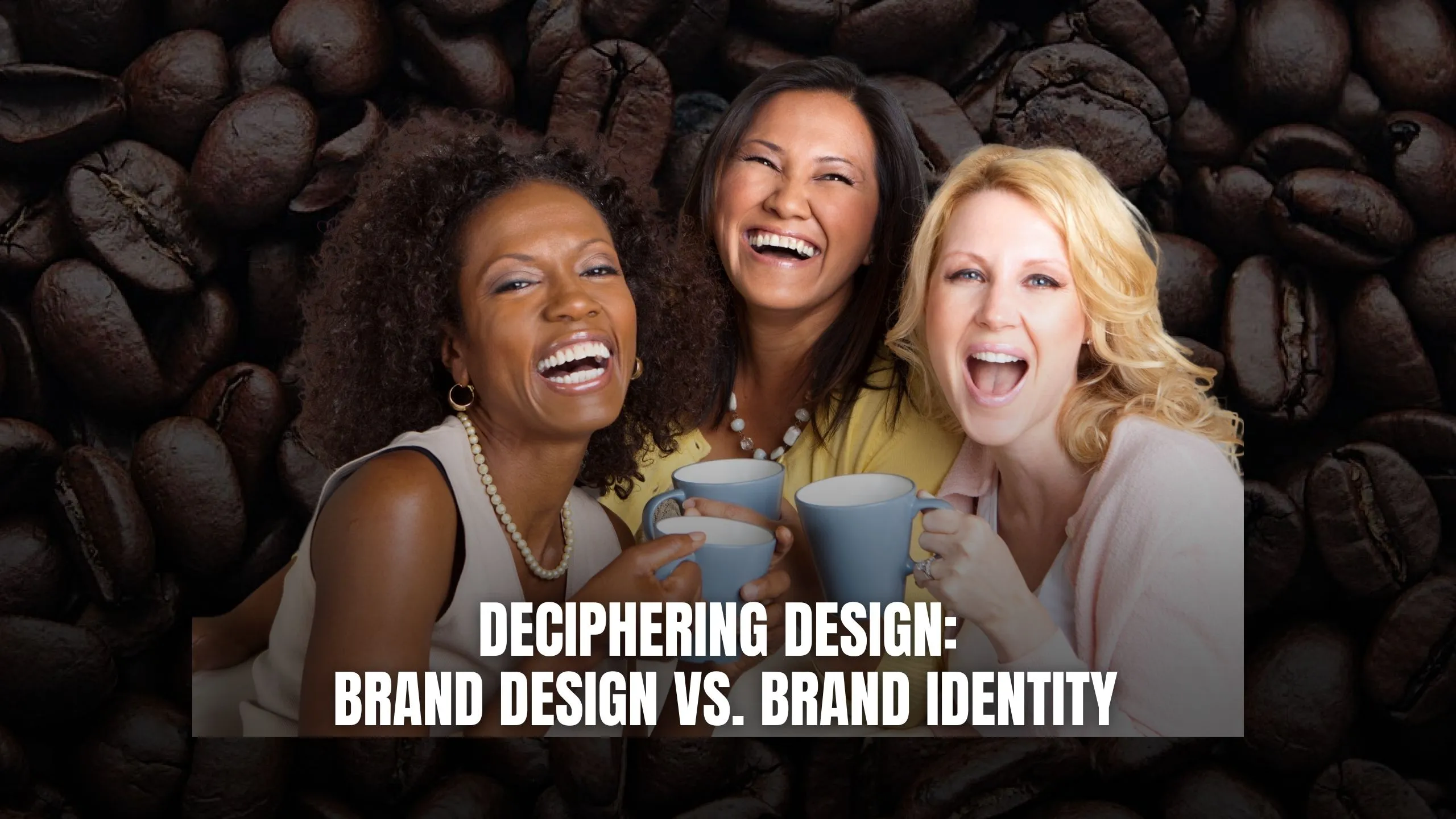Deciphering Design: Brand Design vs. Brand Identity
- WebOps Platforms Bug Tracking & Feedback Software Web Development & Design


Deciphering Design: Brand Design vs. Brand Identity
In the realm of branding, the terms “brand design” and “brand identity” are often used interchangeably, but they represent distinct concepts that play crucial roles in shaping a company’s image and perception. Let’s delve into the differences between these two aspects of branding and understand their significance in creating a cohesive and memorable brand identity.
1. Brand Design: Crafting Visual Elements
Brand design focuses on the creation of visual elements that represent a brand’s identity, such as logos, typography, color palettes, and graphic elements. These elements are designed to communicate the brand’s personality, values, and positioning to its target audience. Brand design plays a vital role in making a brand visually appealing and recognizable, helping to establish a strong and consistent visual identity across various touchpoints.
2. Brand Identity: The Essence of a Brand
Brand identity encompasses the broader spectrum of elements that define a brand’s essence and differentiate it from competitors. It includes not only visual components but also verbal elements such as brand messaging, tone of voice, and brand personality. Brand identity represents the emotional connection that consumers form with a brand, shaping their perceptions, attitudes, and loyalty towards it.
3. Consistency and Cohesion
While brand design focuses on the creation of visual assets, brand identity ensures that these assets are aligned with the brand’s overall essence and messaging. Consistency and cohesion between brand design and brand identity are essential for building brand recognition and trust among consumers. A cohesive brand identity reinforces the brand’s values and messaging, fostering a sense of familiarity and credibility.
4. Consumer Perception and Engagement
Effective brand design and brand identity work hand in hand to shape consumer perception and drive engagement. A well-designed visual identity coupled with a strong brand identity creates a memorable brand experience that resonates with consumers. Consistent branding across all channels reinforces the brand’s identity, leading to increased brand awareness, loyalty, and advocacy.
5. Evolution and Adaptation
Both brand design and brand identity are dynamic and evolve over time to reflect changes in the market, consumer preferences, and brand positioning. Brands must continuously evaluate and refine their design and identity to stay relevant and competitive in a constantly evolving landscape. Flexibility and adaptability are key to ensuring that the brand remains authentic and resonates with its target audience.
Recommended Saas Products:
- Google Ads: Targeted advertising platform for increased visibility and engagement.
- Facebook Ads: Reach targeted audiences and drive engagement through Facebook.
- LinkedIn Ads: Target professionals and businesses with precise advertising on LinkedIn.
- Mailchimp: Leading email marketing platform for creating and analyzing email campaigns.
- Buffer: Streamline social media management and scheduling for effective promotion.
Conclusion
In summary, while brand design focuses on creating visual assets, brand identity encompasses the broader essence of a brand, including its values, personality, and messaging. Both aspects are integral to building a strong and memorable brand identity that resonates with consumers. By understanding the differences between brand design and brand identity, companies can develop cohesive and impactful branding strategies that drive success.
Elevate Your Branding Strategy with Subscribed.fyi!
Ready to refine your brand design and identity? Unlock exclusive deals on essential branding tools and resources with Subscribed.fyi. Sign up for free today and take your branding efforts to the next level with Subscribed.fyi!
Relevant Links:





